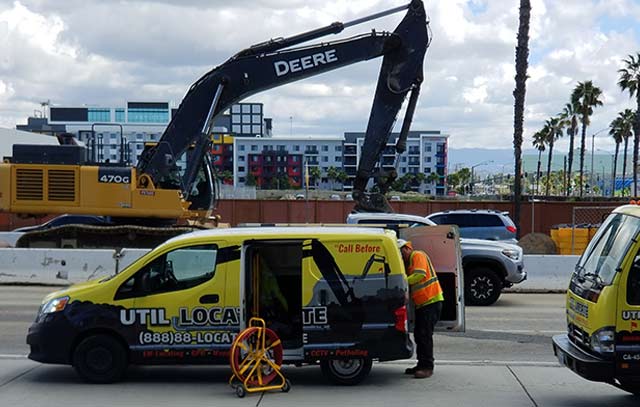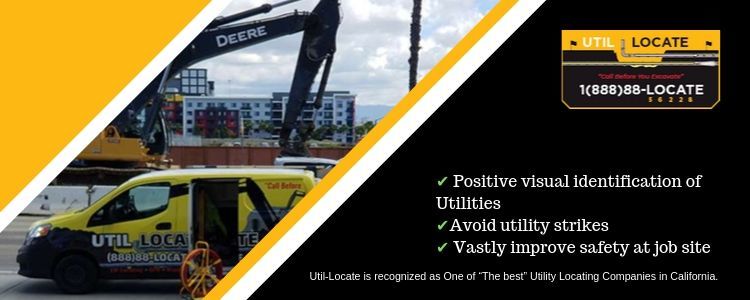If you are planning a home improvement project that involves digging into the ground, you’ll need to start by having all underground utility lines found. Even small projects like adding landscaping oder installing a new mailbox require the use of a potholing company. These companies use a variety of techniques to locate and protect utilities. From backhoes to hand tools, and vacuum excavation, here is what you need to know about the type of methods.
Backhoes
Backhoes are most often used when precision isn’t as important. For example, when a new development is digging up the foundation for new homes. It involves much less intensive work than other methods and can be completed rather quickly. When used for potholing, backhoe operators rely on a spotter who helps keep an eye on the ground.
The downside to using a backhoe is that there is an additional risk when utilities are present. Even a skilled operator runs the risk of hitting and damaging the very line they were trying to locate. Due to their size, backhoes might not fit into many spaces, especially once houses are in place.
Hand Tools
Using a shovel or other hand tool to pothole is the most labor-intensive for the individual. Because the equipment needs are small, operators can get into almost any space. Outside of the necessary working hours required to dig, hand tools are also the lowest priced option.
The major downside to using a shovel is the labor involved. Digging, especially on rough terrain, can be tough work and take a long time. While hand tools are relatively safe for locating utilities, caution is still required. A shovel probably won’t do any damage to an underground pipe, but it can sever fiber optics or other wires.
Vacuum Excavation
Utility locating is the first part of the investigation process. You need to know where utilities are before continuing. Then, using vacuum excavation, you can verify the utilities by potholing, or exposing them for visual identification.
Vacuum excavation is a process where water or air is used to break up soil before sucking it up into a storage tank. This process eliminates nearly all risk of damaging underground utilities. It offers a lower cost, outside of the initial equipment investment, and a higher level of precision.
- Air Excavation: By using compressed air, this method loosens the soil to be stored in the tank. Since it’s only using air, the ground can easily be reused to fill in the holes later on.
- Hydro Excavation: Instead of air, this method uses pressurized water to loosen dirt. This technique is extremely precise and much faster than air-based methods. It does not, however, allow the same soil to be reused.
Read more about vacuum excavation services.
Which Method is Right for You?
Ultimately, the method used is going to be determined by the nature of the job. It may not be easy to decide on your own; using a reputable utility locating company is vital. You might be tempted to try a digital meter or to call your utility company.
Unfortunately, utility companies often won’t come on to private property. When they do mark underground obstructions, it’s typically with spray paint. A digital meter is also useful to simply mark the surface. Many jobs require seeing the actual obstacle and not just relying on a rough estimate of where it is. Using a private utility locating service will ensure your job is done safely and without the delay and cost associated with damaging utilities.


